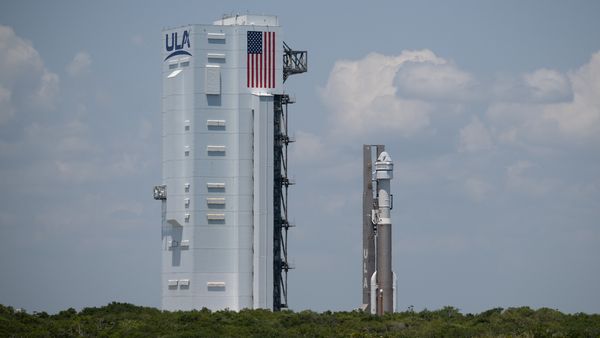
A surprise price rise for News Corp’s tabloid newspapers last week suggests that the American company is giving up on print in Australia — and wants you to, too.
For most of the life span of mass newspapers, the cover price has been more about signalling value and shifting consumer behaviour than about driving income — and this move is no different.
Under cover of summer, News jacked up the cover price of its tabloid newspapers by an eye-popping 14% (Australia’s latest CPI figure is about 3%), taking the cost of buying the Monday to Friday issues of its remaining print papers up 30 cents to $2.50 a day.
It’s trading on the increasing “elasticity” of the cover price of the print product which tells us that higher prices reduce sales. It’s all but shouting at you: don’t pick up this paper, you idiot — there’s far better value in a digital subscription!
It’s an attempt to get you to do two things at the same time: stop buying the papers one at a time and commit, instead, to a continuing, digital subscription — preferably without the paper.
It’s the play every newspaper around the world is trying to pull off. It’s just that much harder for city-based tabloids whose old business model relied on continually boosting pick-up sales to on-sell as audience to advertisers (that’s why their front pages have always had to scream so loud).
This degree of difficulty has stopped News Corp from shifting its UK readers of The Sun to digital. That and the more competitive London market has kept the price down to a more attractive 65p, about half the Monday to Friday price of its Australian tabloids.
News has taken only baby steps with its New York Post, offering an “e-paper” version for subscribers.
In Australia, it has challenged the limits on local tabloids by changing the offering: digitally, it’s not really a local paper, it’s a national news offering with local tabs and a metropolitan portal and branding.
The price hike in Australia comes with a special subscription offer: “For just $1 a day you’ll get both full digital access … and have your favourite newspaper home delivered the first six months.” Small print: once we’ve got your credit card, that’ll be $65 a month come August — or $28 to access all tabloid content without the paper.
It’s easier to sign up for a digital subscription than to cancel. You can sign up online. Even cancel the print circulation through your online account. There’s a bit more friction in cancellation: the T&Cs dictate that calls for a phone call.
It’s common practice in the United States, leading that its competition regulator to call “click to subscribe, call to cancel” policies part of the “dark patterns that trick or trap consumers into subscriptions”.
New Biden appointee as Federal Trade Commission chair Lina Khan said in October:
To comply with the law, businesses must ensure sign-ups are clear, consensual, and easy to cancel. Specifically, businesses should provide cancellation mechanisms that are at least as easy to use as the method the customer used to buy the product or service in the first place.
Last century, the Murdochs were notoriously clever in using pricing to attack the competition. In 1974, when Sydney’s then leading afternoon paper, Fairfax-owned The Sun, went up to 12 cents, Murdoch’s Mirror broke with decades of customary price matching, holding the price at 10 cents as a “one-coin buy”. It surged past its competitor to a lead it never lost until The Sun closed in 1988. (News threw a party for its staff to celebrate — too quick: the Mirror closed about two years later.)
Similarly in the 1990s when the Fairfax mastheads priced at $1, The Australian offered a 50 cent trial which built the paper’s viability, particularly in Melbourne where it ate into The Age‘s readership.
News Corp nostalgia for print meant it has been less agile in using pricing to cut print sales. Now it’s following what Nine’s mastheads have been doing for close to a decade. Regular as clockwork, July 1 has been bringing a 20 cent (or about 7%) increase in the cover price of the SMH and The Age.
Although neither company produces audited circulation figures, it’s likely Nine’s drive has pushed Monday-to-Friday sales of each paper to about 50,000 — compared with more than 200,000 a decade ago.
And that seems to be the way the company likes it.







